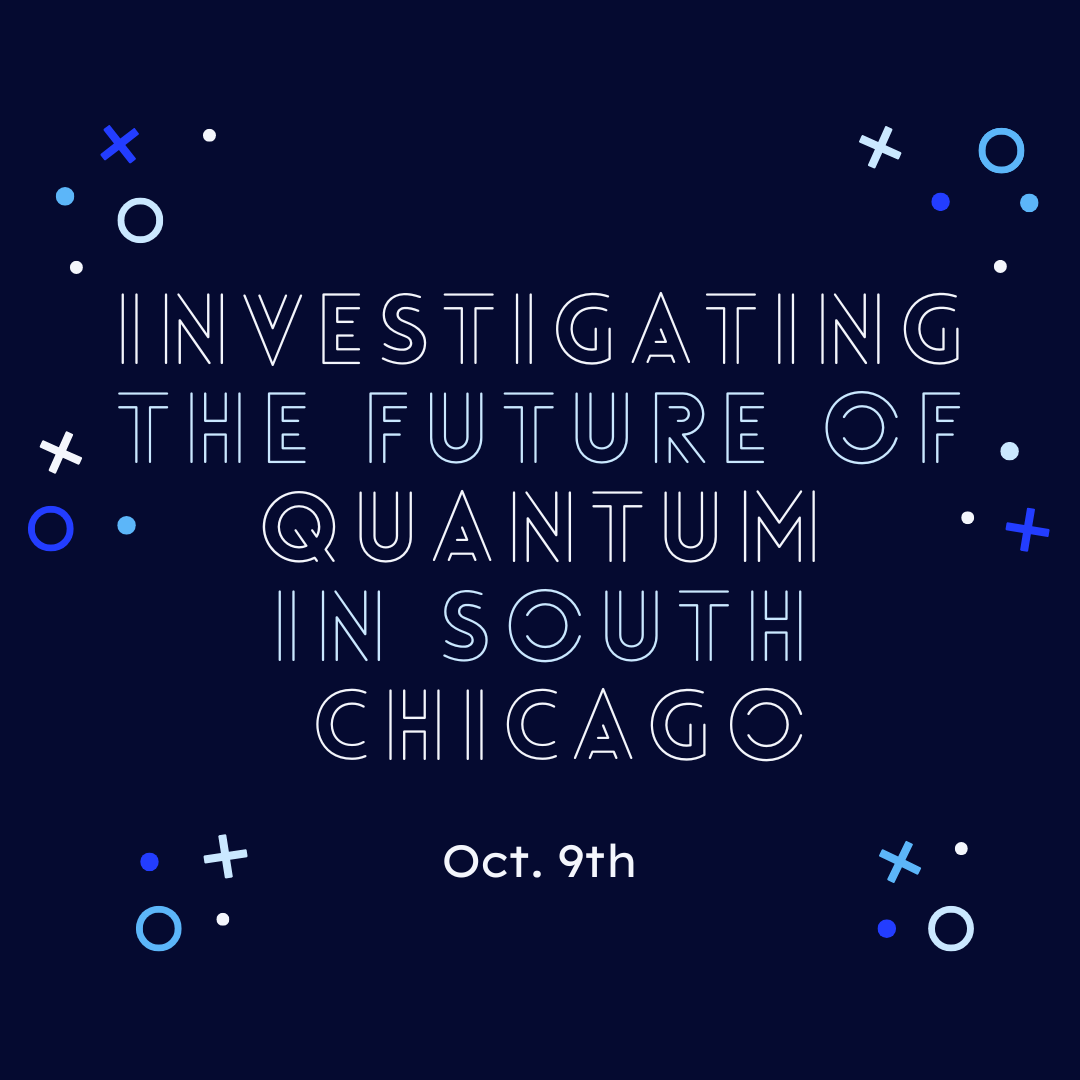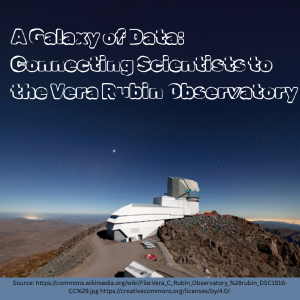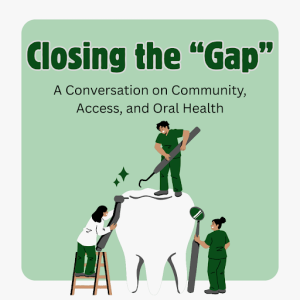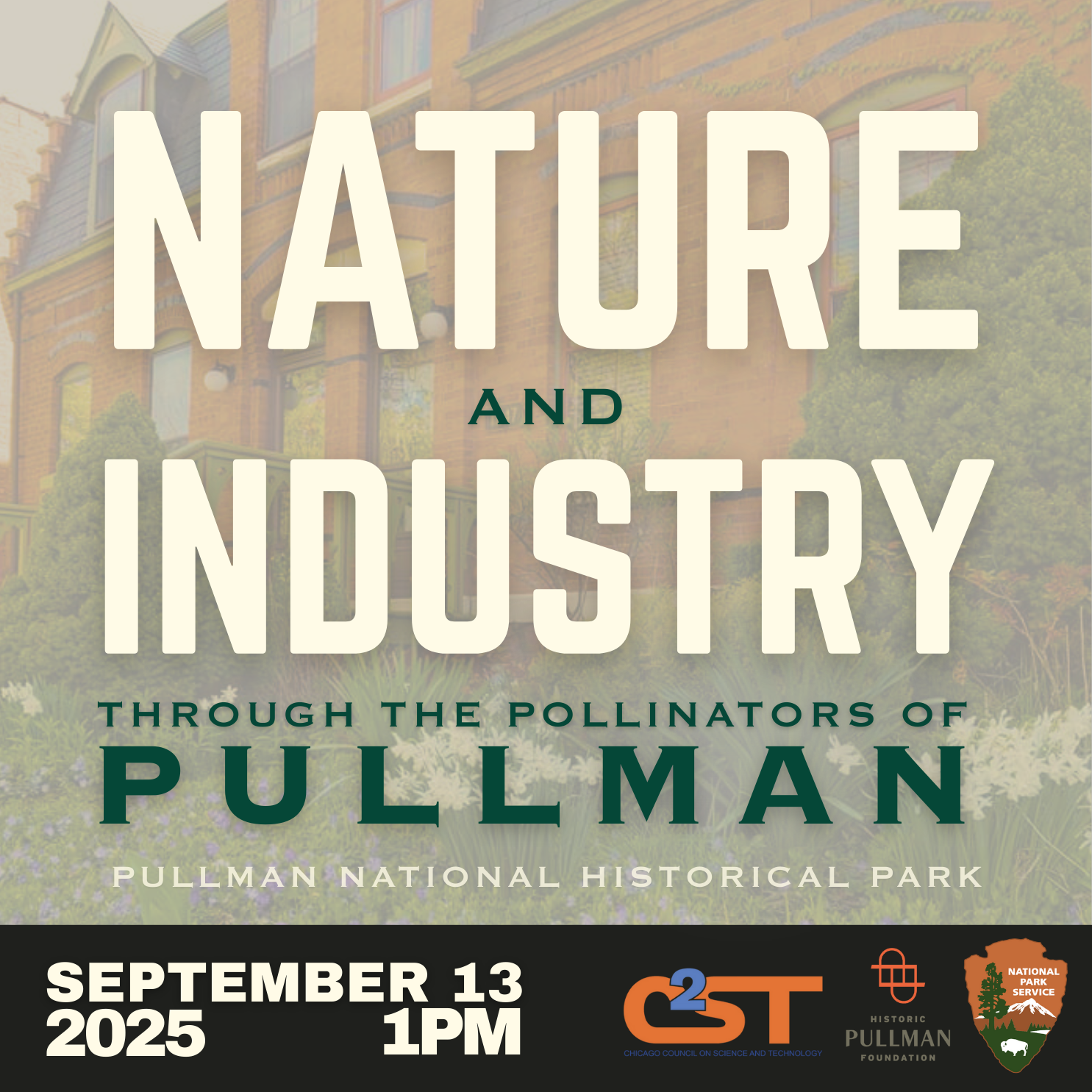Science Speakeasy: Horror on the Brain
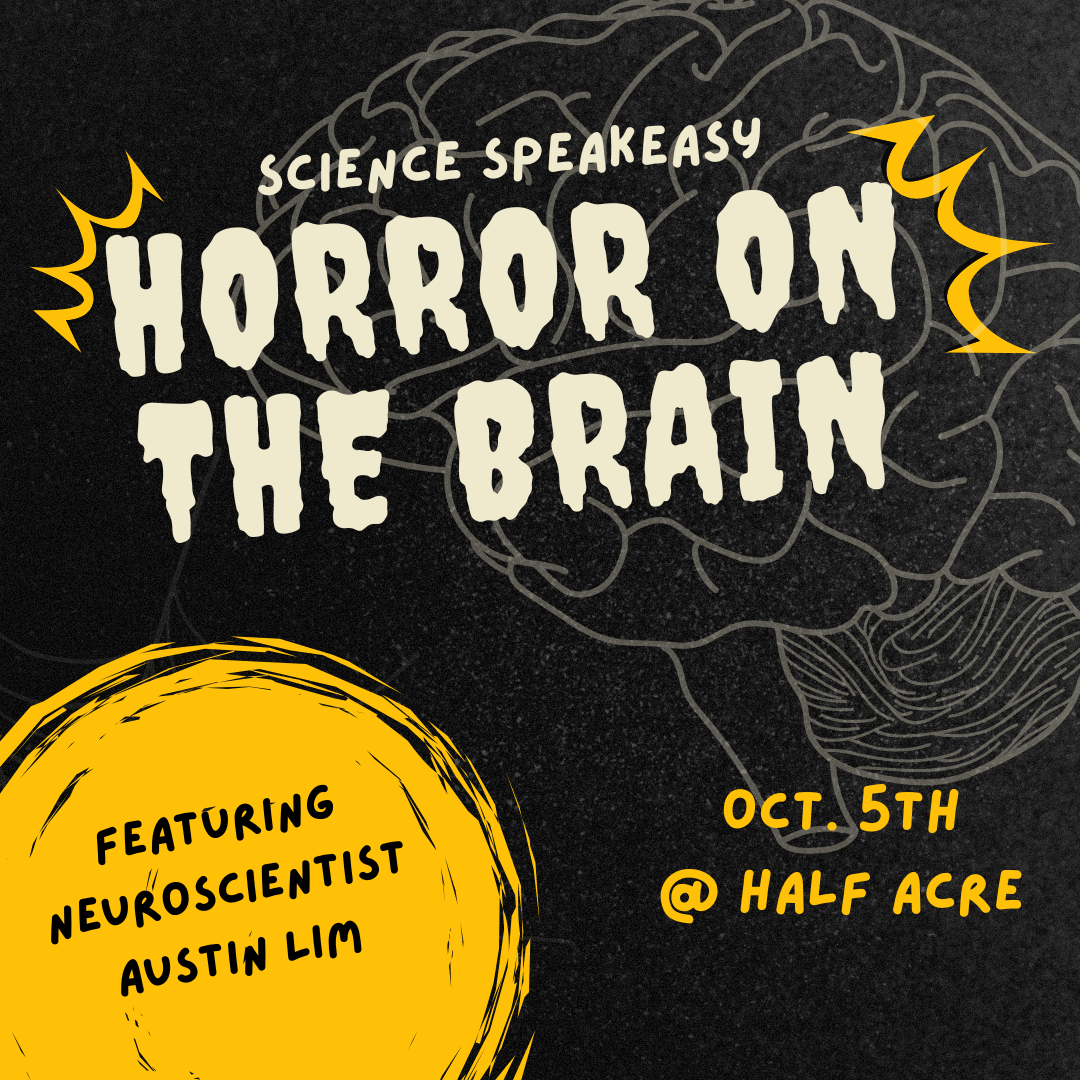
Join C2ST at Half Acre Brewery for our next Science Speakeasy. We will be chatting with neuroscientist Austin Lim all about the brain science behind some of our favorite horror and science fiction stories. What real-life science inspired writers to create the scary worlds and characters we enjoy? When were scientists inspired by those scary stories to discover new things? What is happening in our brains when we jump into a scary story?
